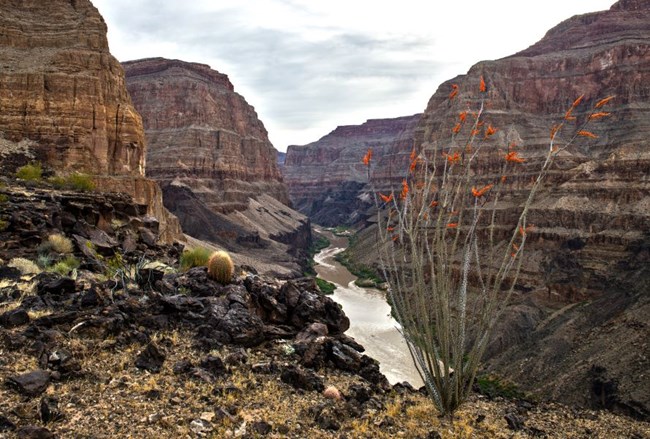
Grand Canyon-ParashantThe monument is a remote and isolated area with 1,200 miles of rough dirt and gravel roads. Trails are seldom used and do not meet accessibility standards due to the topography of the landscape. There are no developed facilities, services, or cell phone service. The monument is undeveloped other than rough unpaved roads and a few new vault toilets. Surfaces in the monument are unimproved and remain in a natural state. Parashant Brochure: Large Print, Braille, and Audio Described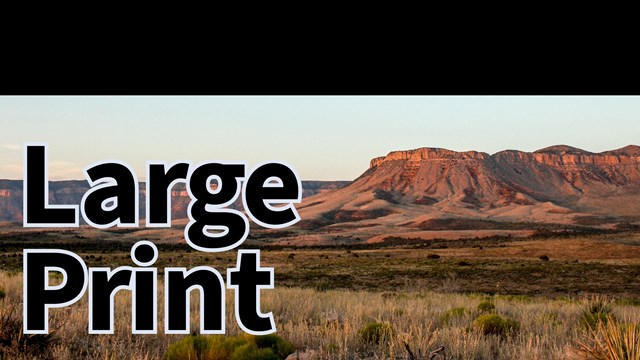
Large Print Version
Download this PDF brochure with large text and images. 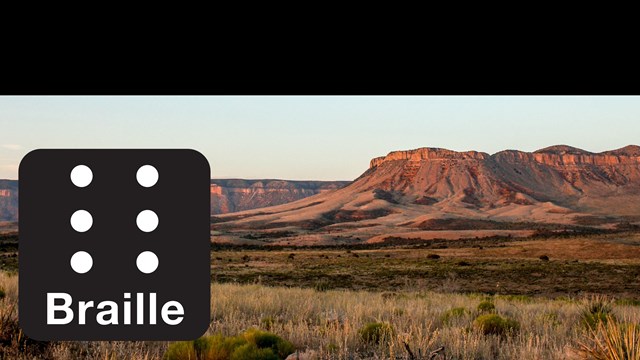
Braille Version
Download this brochure as a printable Braille file. Please note, you must have access to a Braille printer to make use of this file. 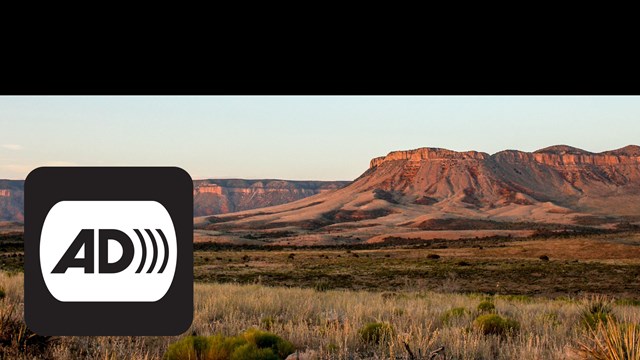
Audio Described Version
Download a folder of audio files (13.3MB Zip). Open the files in your preferred mp3 player to listen to each section of the brochure. 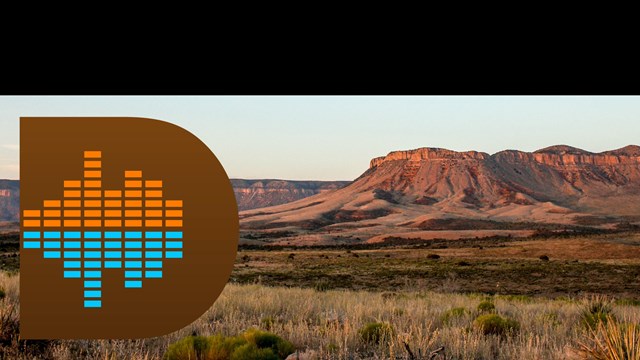
UniDescription Project: Parashant
Download the UniDescription App for access to other National Park Service brochures. 
Vault Toilet Restrooms
Wheelchair Use (motorized and non-motorized)The Americans with Disabilities Act (ADA) definition of a wheelchair (Title V Section 508c) is: a manually-operated or power-driven device designed primarily for use by an individual with a mobility disability for the main purpose of indoor or of both indoor and outdoor locomotion. Mobility device technology has come a long way in recent years, spanning a variety of shapes, sizes, and capability in varied terrain. Those devices that meet the definition of a wheelchair are allowed anywhere foot travel is allowed in our National Parks, this includes the opportunity to participate in wilderness experiences. Other Power-Driven Mobility Devices (OPDMDs)OPDMDs are allowed on roads in the monument but not on trails or offroad. Unlike wheelchairs, OPDMDs are not designed solely for use for by a person with a physical disability. Any mobility device powered by batteries, fuel, or other engines, that is not primarily designed for individuals with mobility disabilities, that are used by such individuals for the purpose of locomotion are classified as an Other Powered-Driven Mobility Device (OPDMD). OPDMDs examples include UTVs (side-by-sides), ATVs, golf cars/carts, electronic personal assistance mobility devices, such as the Segway ® Personal Transporter (PT), or any mobility device that does NOT meet the definition of a wheelchair but is designed to operate in areas without defined pedestrian routes. | ||||||||||||||
Last updated: July 10, 2025
